Up! Plus 2. Overview: unpacking, calibration, analysis and first print
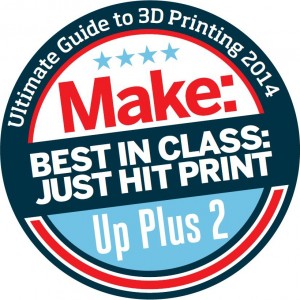
The first rule of working with Up! Plus 2: warm up the platform
The second rule: check whether you warmed up the platform
The third rule: check again whether you have warmed up the platform.
The Chinese company PP3DP closed the release of printers of the first version ( Review on Habré of the first model: Up! Plus) and now in the Russian market it’s really possible to buy only UP! Plus 2.
In this topic I will try to highlight the differences from the first version (why did it cost 70.000 before and now 83.000?)
I'll look under the hood , say a few words about the Surface mode, print the shield from World of Warcraft (does printing really happen in 1 click? ) And give a couple of recommendations for using a 3d printer.
')
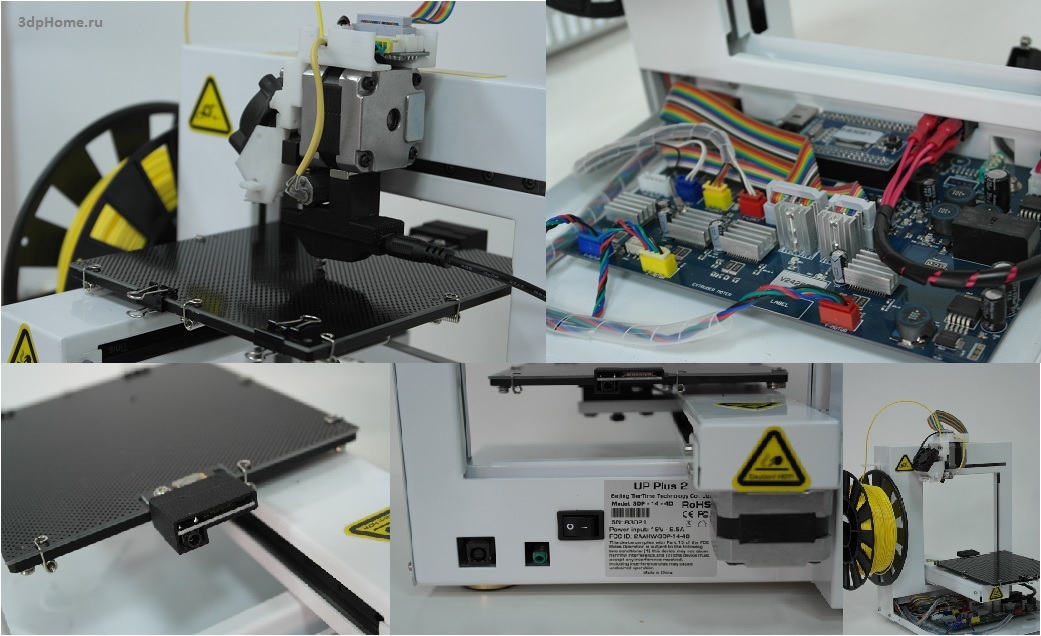
(35 photos under the cut)
Refinement number 1: soft mode of lowering the platform - now you do not have to jump from the clanking sound of a falling platform.
Feature: the design feature of an extruder with a shortened feed tube allows you to easily and easily change the plastic thread during printing, that is, to print in different colors. (in conjunction with the “pause” mode, although if dexterity is sufficiently pumped up, it is possible without it)
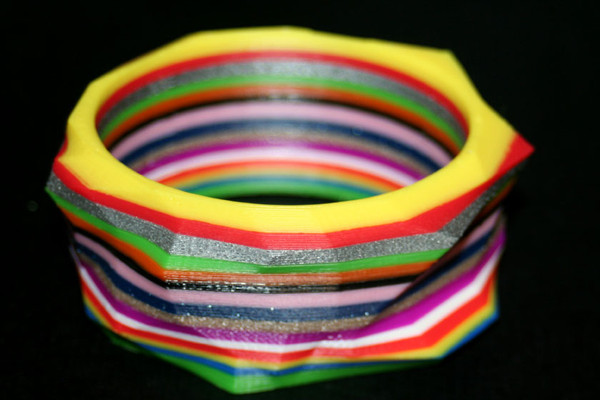
Platform Size Comparison:

Beige - from Up! plus 1, black - Up! plus 2
Included are 3 platforms. Teflon coated. Cleaned with acetone. (Some stock up on a special needle ... for meditation).
For platform fasteners, you no longer need to be procured in a stationery store - convenient clamps come with it:
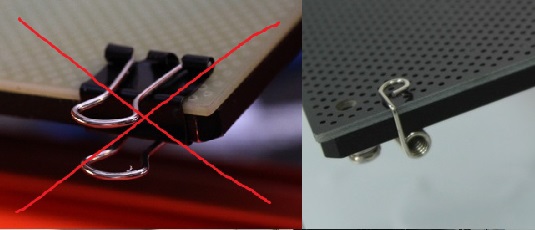
Platform Calibration Nozzle:
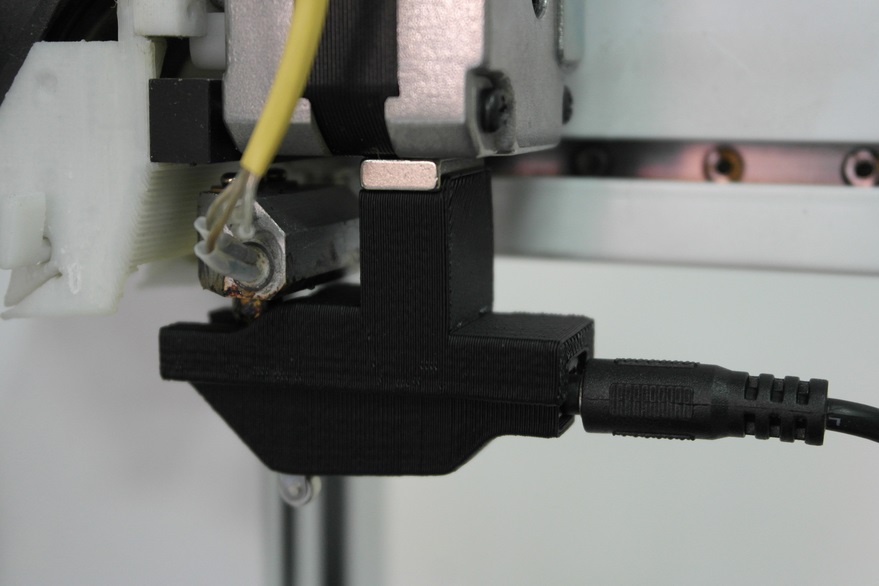
Auto Level Platform Autocalibration - a sensor is hung on the head with the help of a magnet and it probes the distance using a spear method at 9 points.
Platform Height Sensor:
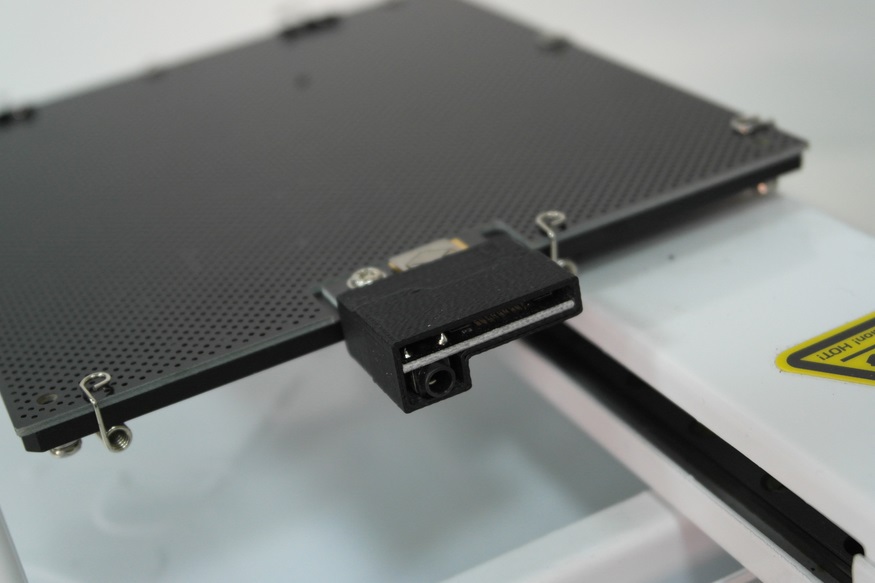
If earlier it was necessary to adjust the height of the nozzle, then this was done manually. Now it’s enough to connect the sensor on the platform with the cable to the connector on the back of the printer and run the Auto Nozzle High program
New calibration sensor connector (color / green-blue):

Fixed the fact that there were a lot of complaints - the head bracket (now you can't bend or loosen!):
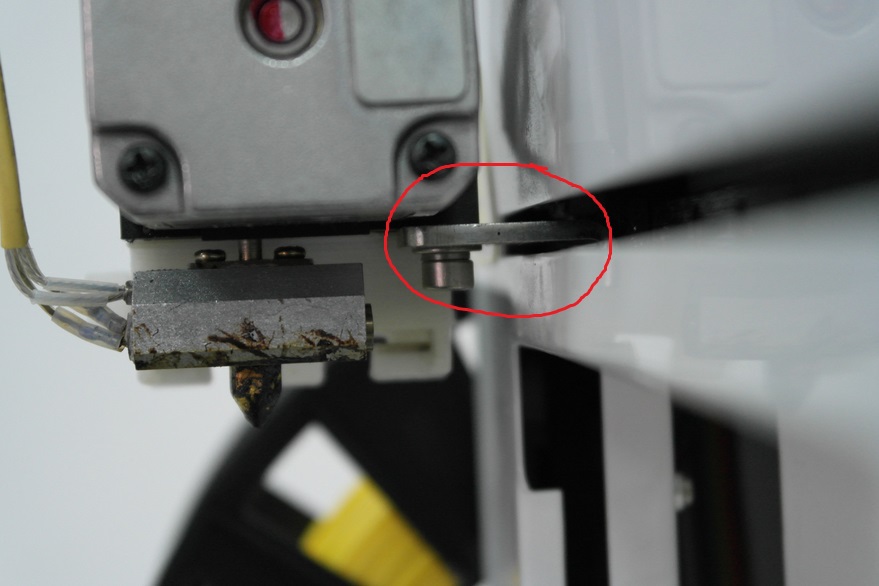
Previously, platform heaters were frayed, now the issue is resolved - flat cable:
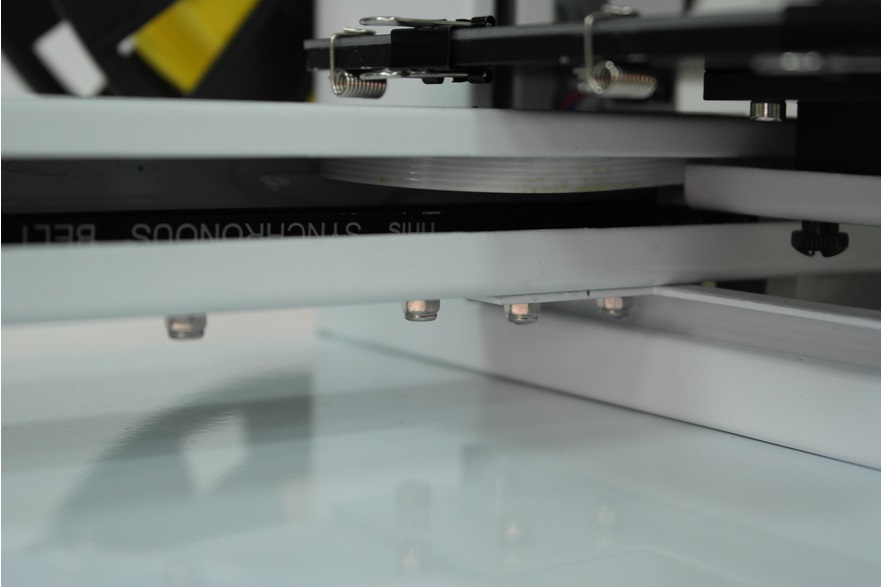
The board has undergone refinement:

Fee - new textolite. New quality baiting and optimizing tracks. Multi-color Molexes (blue to blue, yellow to yellow) are used. All wires are braided.
The new processor 8000, programmed more soft / smooth movement.
Photos of the old board for comparison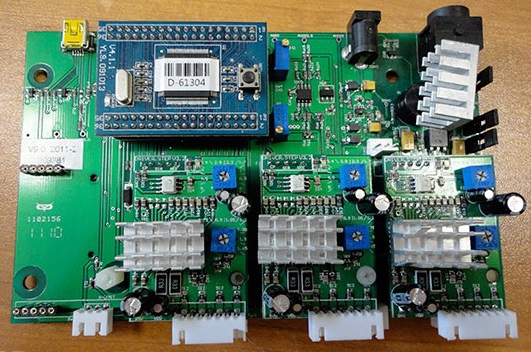

Grounding (taking into account the "stability" of the Russian

2 pin printhead - you can install either an additional fan or a backlight:

(on the left Up! Plus 2, on the right Up! Plus 1)
The power supply (19.5V, 9.5A) has become a bit smaller, but still huge:
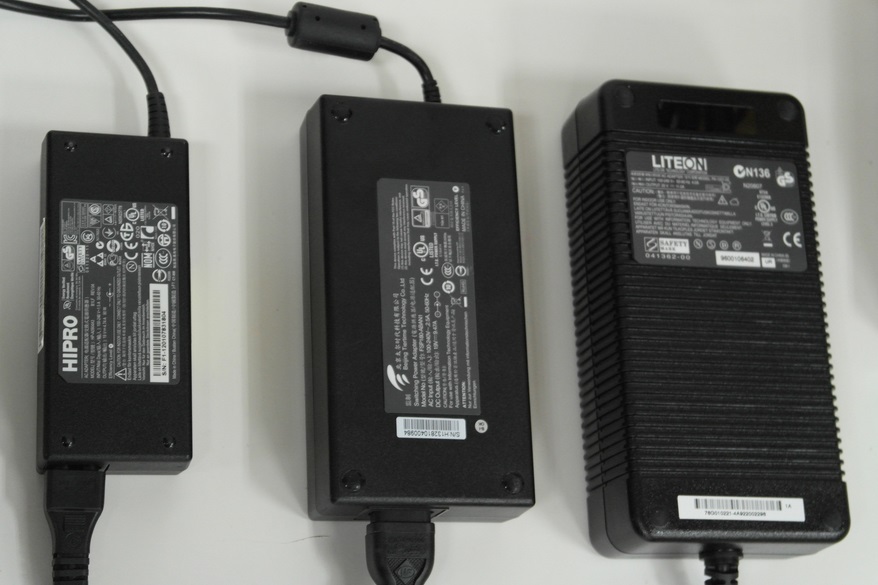
On the left is the power supply of a regular laptop, on the right - Up! Plus 1, centered Up! Plus 2
Surface mode
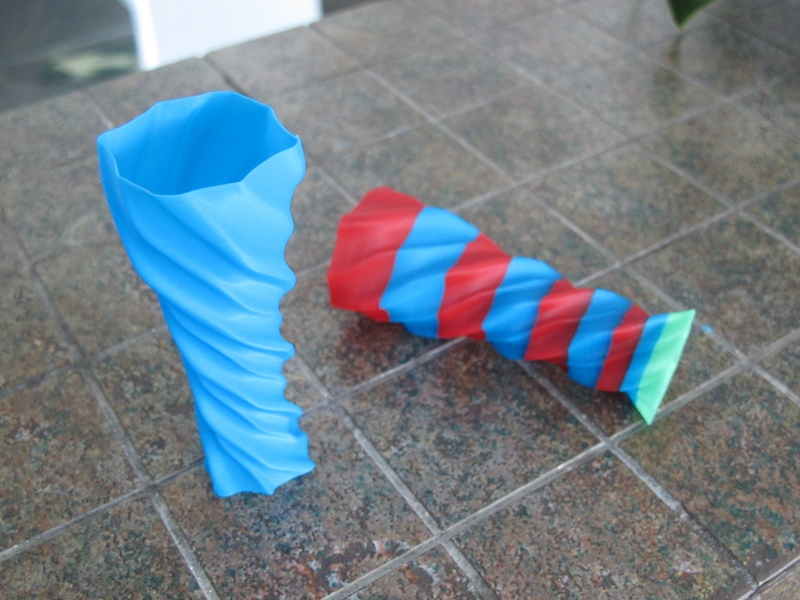
(picture from the manufacturer's website)
Surface mode prints only the outer wall of the model ignoring the inner fill. for example, if this is a closed cylinder model, a “tube” with a wall thickness equal to the layer resolution will be printed. For example 150 with a thickness of 150 and so on. In principle, with a tricky arrangement, you can print closed balls. That is, models where the overlap of layers is less than 90 degrees not including. The trick is that this mode allows you to best see the overall shape of the future model and print it in full size, compare with the rest, much faster than with the usual print settings. Of course, the model will turn out more fragile. Plus, the quality of laying layers will in some cases be even higher than that declared by the manufacturer. I saw samples of printed parts, where the layer thickness reaches 100 microns instead of the declared 150.
Autocalibration and automatic level detection
Selecting the auto calibration menu:
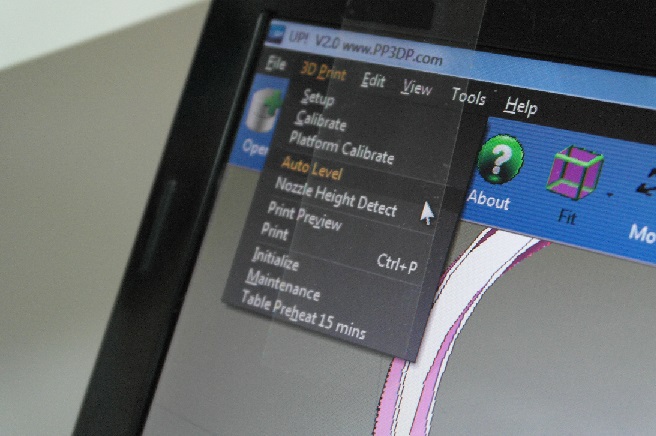
The printhead attachment touches the platform at 9 points:

Measurement data is recorded in the program:
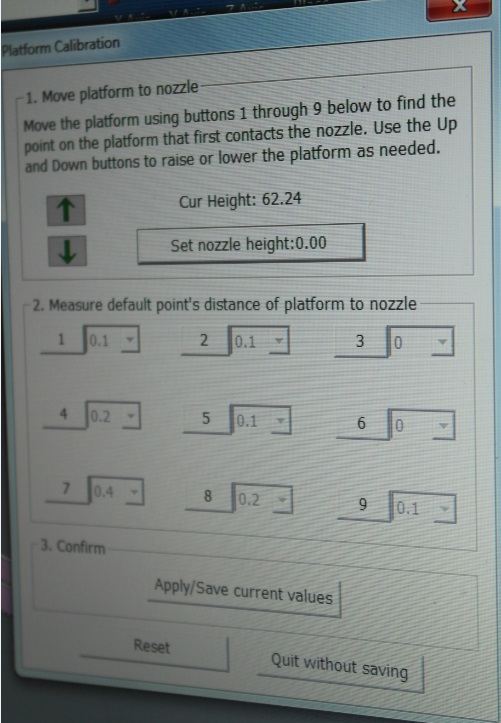
Autocalibration complete:
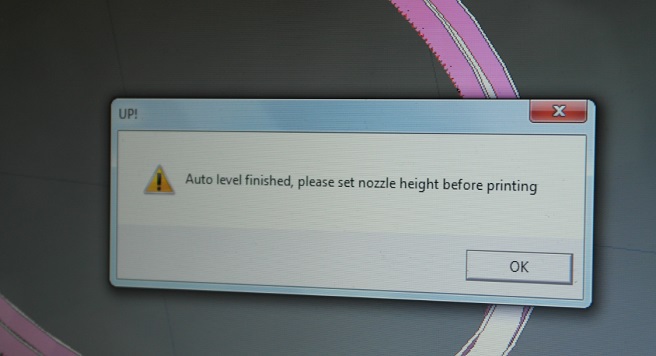
Automatic detection of the height of the printhead relative to the platform:

The print head nozzle touches the sensor on the platform:
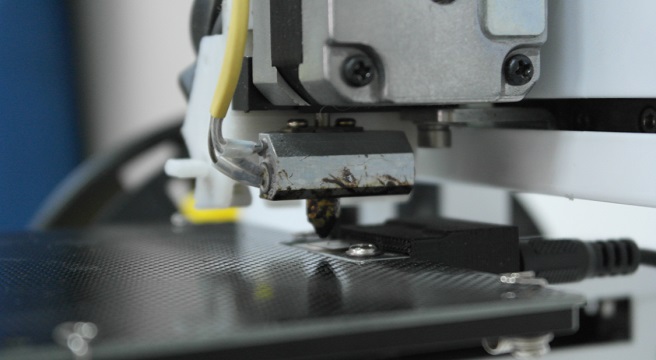
Height is defined:
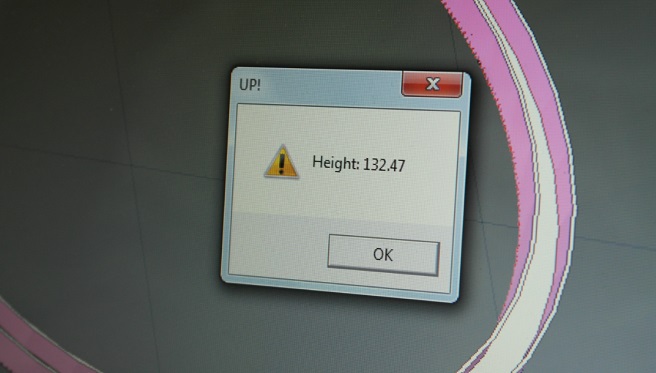
We print a shield from World of Warcraft
Let me remind you that, like with Up! Plus 1 and Up! Plus 2 is its own software, in which there is no brain phase with a “slicer”.
Step 1. Downloading the model from the Internet (http://www.thingiverse.com/thing:4), or save it from WoW itself
Step 2. Load the model into the print program (scale and rotate if necessary)
Step 3. We warm up the platform
Step 4. Print
Estimation of printing time and mass of plastic:

Start printing an auxiliary layer on which the part will be placed:

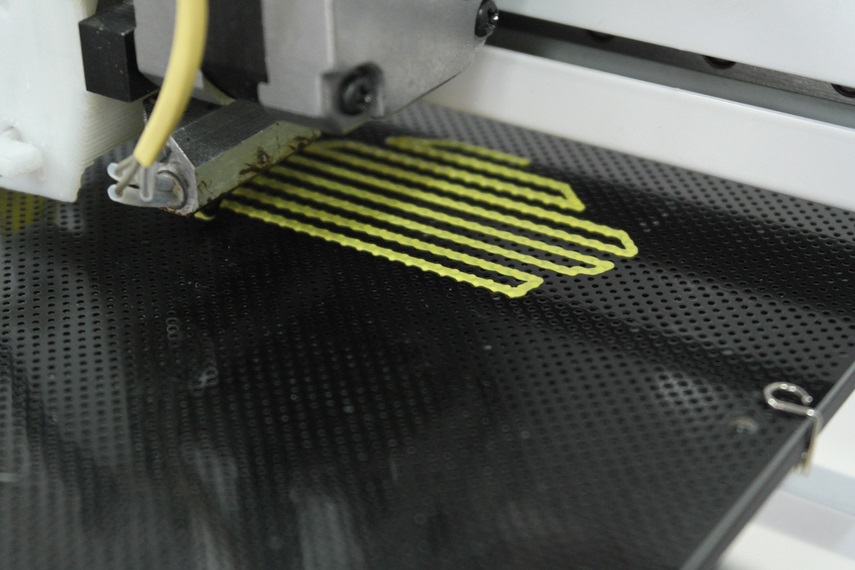
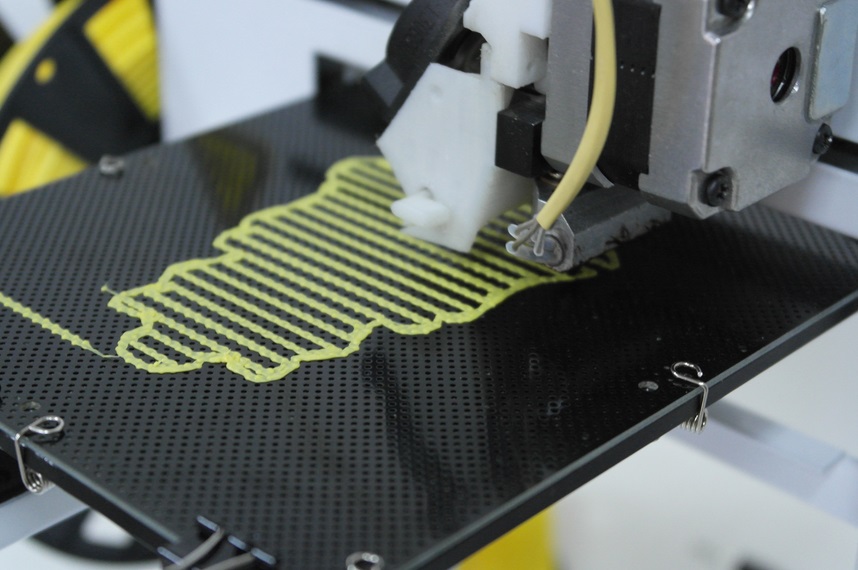
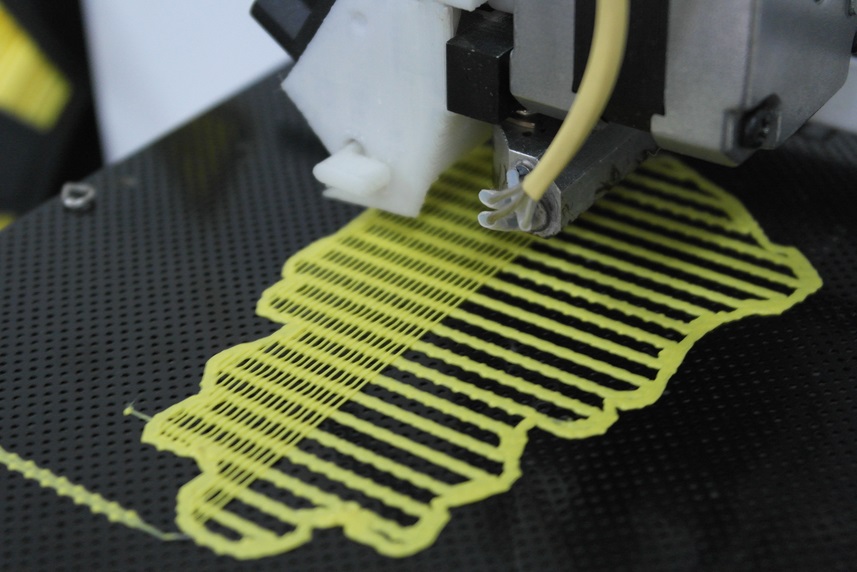
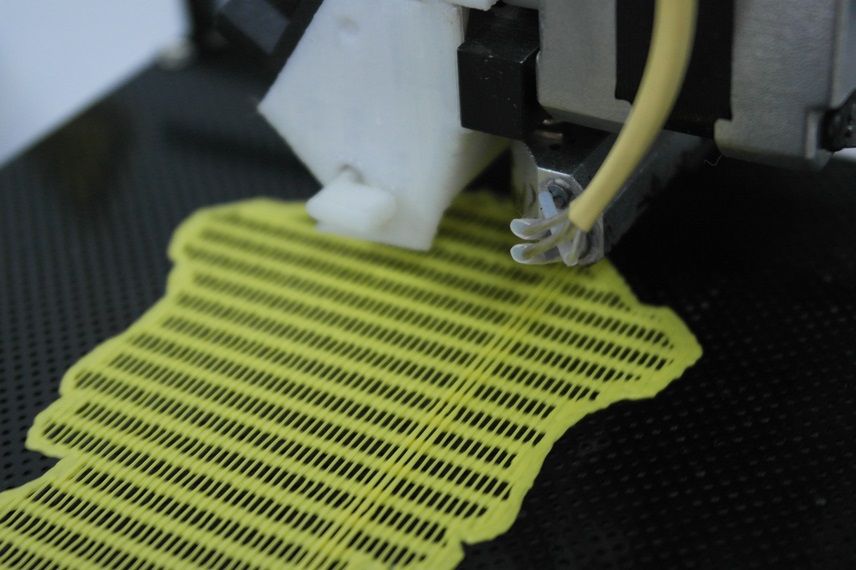

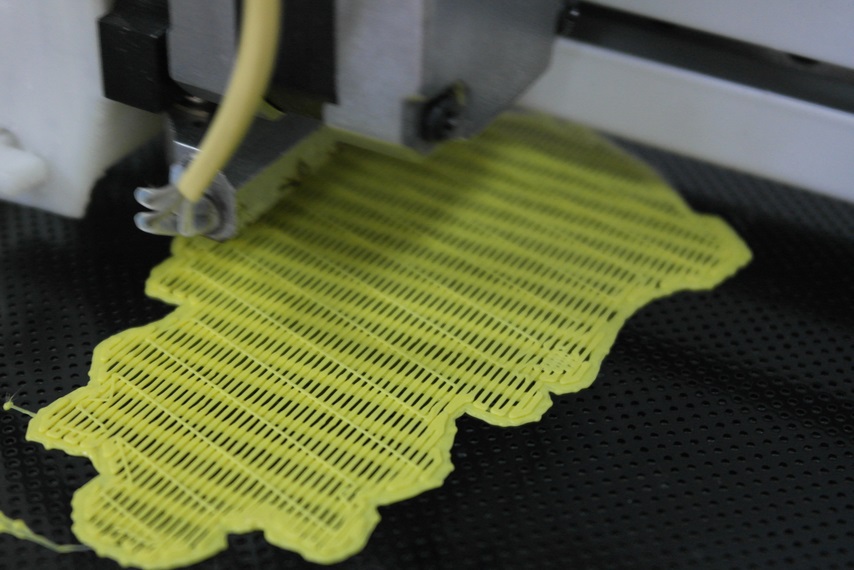
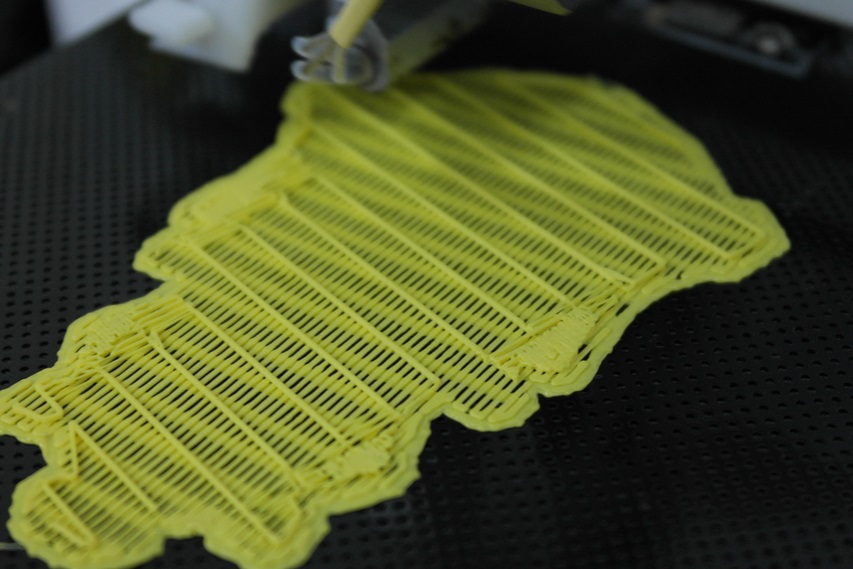
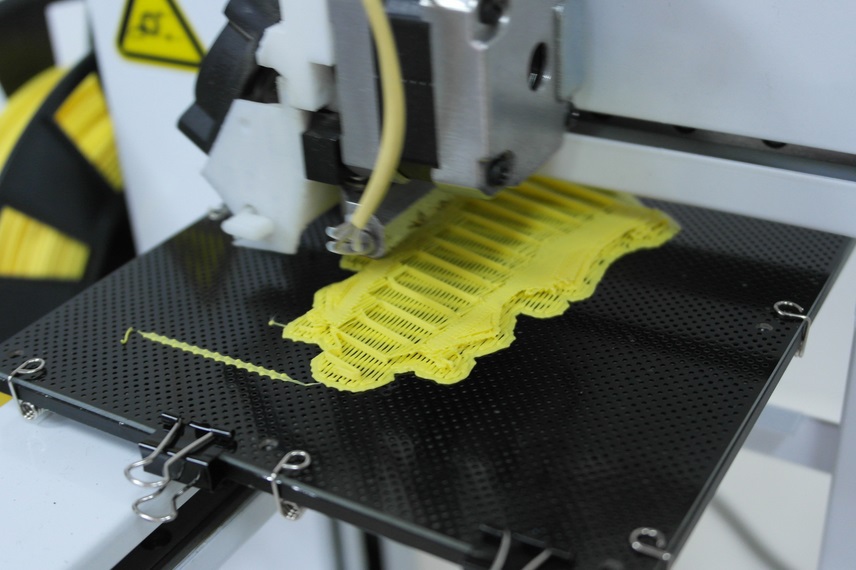

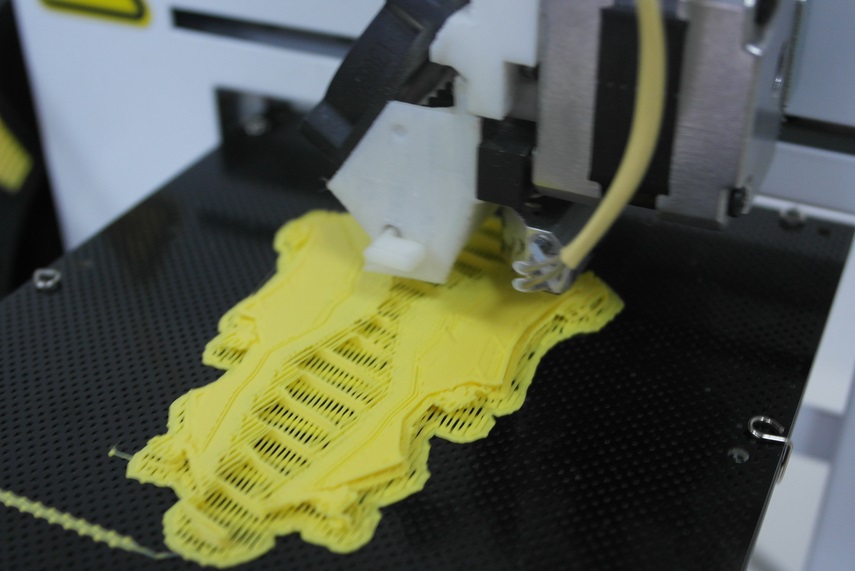


Shield of Lordaeron is ready!
A couple of words about soft
There are 2 types of printers: those who use "open software" and those who use their own software.
And those and others have their advantages.

Open software claims to be universal, the ability to improve the code and the ability to customize the “9000” parameters. Open software gives complete freedom (in connection - full responsibility) to the user. If you are a fan of settings up to micron and to fractions of a degree - this is a godsend for you. But you can insert plastic from any manufacturer and for some time get the optimum print temperature for it.
 Own software from the manufacturer guarantees 100% compliance with hardware and software. Also, the proprietary software from the manufacturer assumes that 95% of the “9000” parameters are already debugged by professional technicians, and the company is responsible for this (in some way). Software from the manufacturer allows you to avoid installing additional programs, several (tens, hundreds) hours of customization, and allows you to "unpack and print . " No need to think about the filling form and the minimum wall thickness, since There is a manufacturer-tested preset. With software from the manufacturer it is more difficult to spoil the printed part than on the "open software". Printers with software from the manufacturer have recommended suppliers of consumables (coils), which will be covered by the “guarantee” that printing with this material will be optimal on this printer.
Own software from the manufacturer guarantees 100% compliance with hardware and software. Also, the proprietary software from the manufacturer assumes that 95% of the “9000” parameters are already debugged by professional technicians, and the company is responsible for this (in some way). Software from the manufacturer allows you to avoid installing additional programs, several (tens, hundreds) hours of customization, and allows you to "unpack and print . " No need to think about the filling form and the minimum wall thickness, since There is a manufacturer-tested preset. With software from the manufacturer it is more difficult to spoil the printed part than on the "open software". Printers with software from the manufacturer have recommended suppliers of consumables (coils), which will be covered by the “guarantee” that printing with this material will be optimal on this printer.Only large companies (3d systems, Makerbot, PP3DP, etc.) or some startups that make a special bet on software can afford to develop their own software.
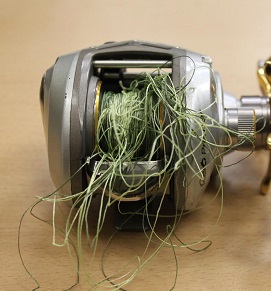
Recommendations from technical support
1. Remove the nozzle only for hot,
2. We print only on a heated platform.
3. We follow the coil, because the “beard” is not only among fishermen
Conclusion:
- Printer - home. Small, comfortable, tame.
(Although I have seen how it is perfectly used on an “industrial scale” - there are a dozen of these brave guys in the room and it prints an order from architects)
- Save time on auto calibration / altitude determination
- Easy and convenient to send a model to print
Source: https://habr.com/ru/post/214649/
All Articles